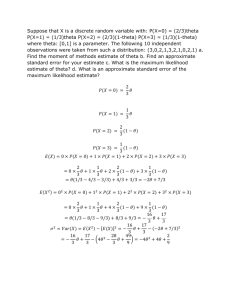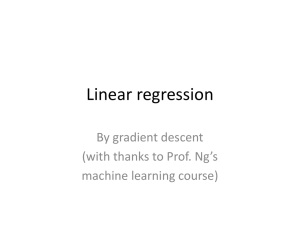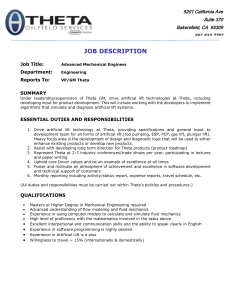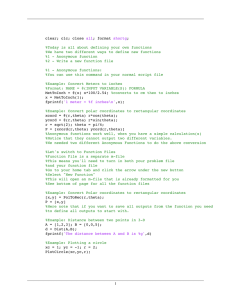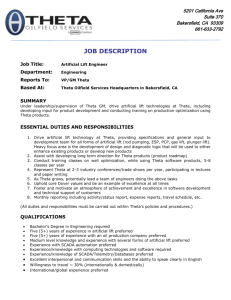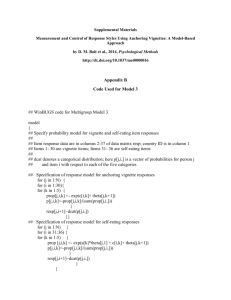งานนำเสนอ PowerPoint
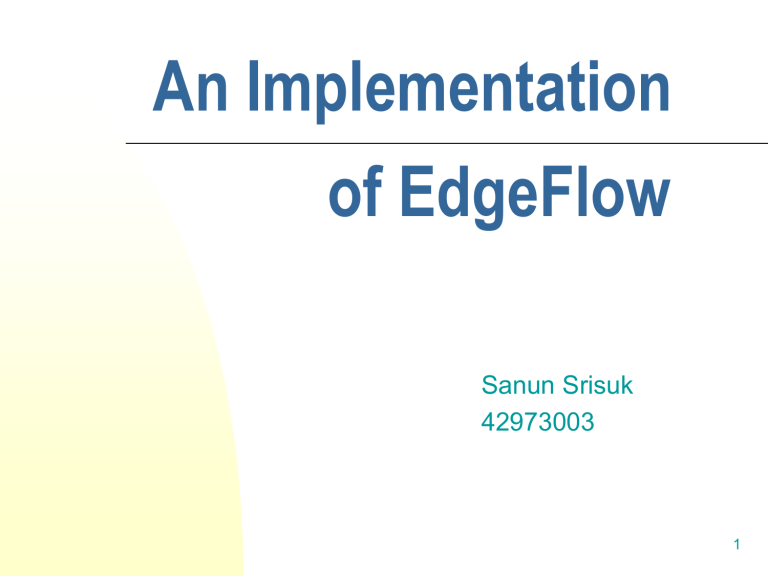
An Implementation of EdgeFlow
Sanun Srisuk
42973003
1
Outline
Problem Statement
Theory & Algorithm
Results
Conclusion
2
Problem Statement
Segmentation using small scale Segmentation using large scale
3
Theory & Algorithm is a pixel in an image.
is an edge energy at location s along the orientation theta.
is the probability of finding an image boundary in the direction theta from s .
is the probability of finding an image boundary in the direction theta+pi from s .
4
Gaussian Function
5
3-D GD mask
6
GD mask in different theta
7
3-D DOOG mask
8
DOOG mask in different theta
9
Intensity Edges
The edge energy E(s, theta) at scale sigma is defined to be the magnitude of the gradient of the smoothed image
, which is obtained by smoothing the original image I(x,y) with a Gaussian kernel
10
Intensity Edges
P(s, theta) is the probability of finding an image boundary in the direction theta from s .
11
Conventional Edge Detection & EdgeFlow
12
Edge Flow Vector where is a complex number with its magnitude representing the resulting edge energy and angle representing the flow direction.
13
Results red green blue intensity
14
Intensity & Texture EdgeFlow
15
Total EdgeFlow
16
Segmentation Results
17
Segmentation Results
18
EdgeFlow
19
EdgeFlow
20
EdgeFlow Results
21
EdgeFlow Results
22
EdgeFlow Results
23
EdgeFlow Results
24
Segmentation results in different theta
25
Segmentation results in different theta
26
Conclusion
EdgeFlow using a predictive coding model to identify and integrate the direction of change in image attributes such as color, texture, and phase discontinuities, at each image location.
27
The End.
28

